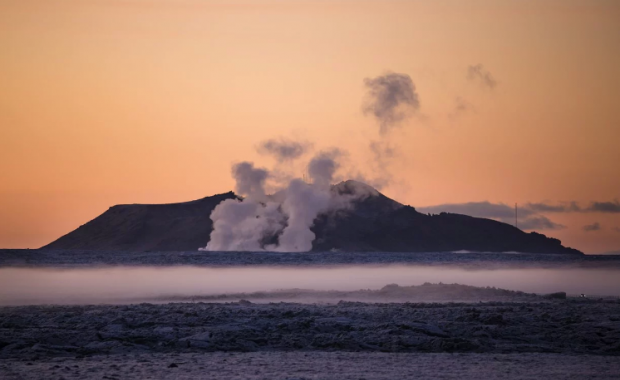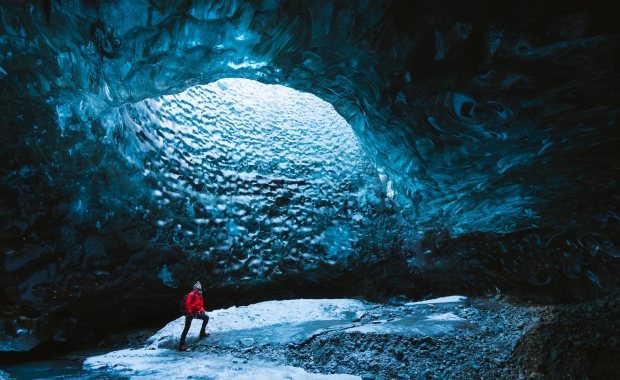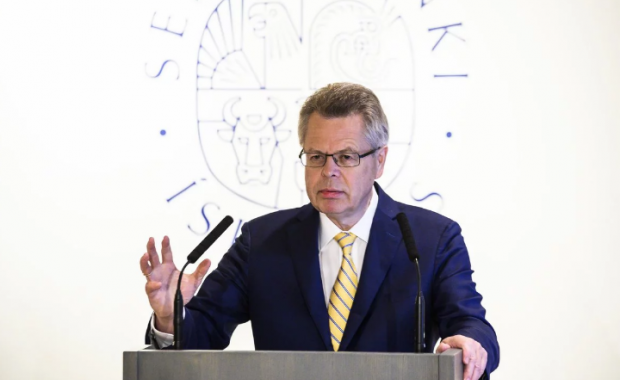A professor at the University of Akureyri believes Akureyri offers it residents and visitors all the services and cultural activities which would qualify it as a city, rather than a town. Kjartan further argues that whether a municipality is a city or a town is not a question of population.
At a conference in Akureyri this question was debated, as well as the future role of Akureyri as a centre of services for Northern Iceland. Akureyri has frequently been referred to as the Capital of Northern Iceland. Eiríkur Björn Björgvinsson, the mayor of Akureyri pointed out in an interview with the Icelandic National Broadcasting Service that any municipality could technically call itself a City, if it so chose.
Related: Strolling through the art ravine in Akureyri
Kjartan argued that it was not population size which made a town into a city, claiming the smallest municipality to call itself a “city” in the UK has only 1,500 inhabitants. The smallest official city in the UK, according to Wikipedia, is St David‘s in Wales with 1,797 inhabitants. Were Akureyri a city in the UK it would count as the country‘s 10th smallest city.
At the end of April 2015 a total of 18,258 inhabitants lived in the Akureyri municipality, which includes the island of Hrísey in the Eyjafjörður fjord. Akureyri is the fourth largest municipality in Iceland, after Reykjavík and the suburban municipalities of Kópavogur and Hafnarfjörður. Akureyri has a vibrant cultural life and town centre, and was voted the Best Place in Europe in 2015 by Lonely Planet.
Lonely Planet, at least, seems to agree with Kjartan, describing Akureyri as a city:
Akureyri stands strong as Iceland’s second city, but a Melbourne, Manchester or Montreal it is not. And how could it be? There are only 18,000 residents! It’s a wonder the city (which would be a ‘town’ in any other country) generates this much buzz. Expect cool cafes, quality restaurants and something of a late-night bustle – a far cry from other towns in rural Iceland.
A professor at the University of Akureyri believes Akureyri offers it residents and visitors all the services and cultural activities which would qualify it as a city, rather than a town. Kjartan further argues that whether a municipality is a city or a town is not a question of population.
At a conference in Akureyri this question was debated, as well as the future role of Akureyri as a centre of services for Northern Iceland. Akureyri has frequently been referred to as the Capital of Northern Iceland. Eiríkur Björn Björgvinsson, the mayor of Akureyri pointed out in an interview with the Icelandic National Broadcasting Service that any municipality could technically call itself a City, if it so chose.
Related: Strolling through the art ravine in Akureyri
Kjartan argued that it was not population size which made a town into a city, claiming the smallest municipality to call itself a “city” in the UK has only 1,500 inhabitants. The smallest official city in the UK, according to Wikipedia, is St David‘s in Wales with 1,797 inhabitants. Were Akureyri a city in the UK it would count as the country‘s 10th smallest city.
At the end of April 2015 a total of 18,258 inhabitants lived in the Akureyri municipality, which includes the island of Hrísey in the Eyjafjörður fjord. Akureyri is the fourth largest municipality in Iceland, after Reykjavík and the suburban municipalities of Kópavogur and Hafnarfjörður. Akureyri has a vibrant cultural life and town centre, and was voted the Best Place in Europe in 2015 by Lonely Planet.
Lonely Planet, at least, seems to agree with Kjartan, describing Akureyri as a city:
Akureyri stands strong as Iceland’s second city, but a Melbourne, Manchester or Montreal it is not. And how could it be? There are only 18,000 residents! It’s a wonder the city (which would be a ‘town’ in any other country) generates this much buzz. Expect cool cafes, quality restaurants and something of a late-night bustle – a far cry from other towns in rural Iceland.







